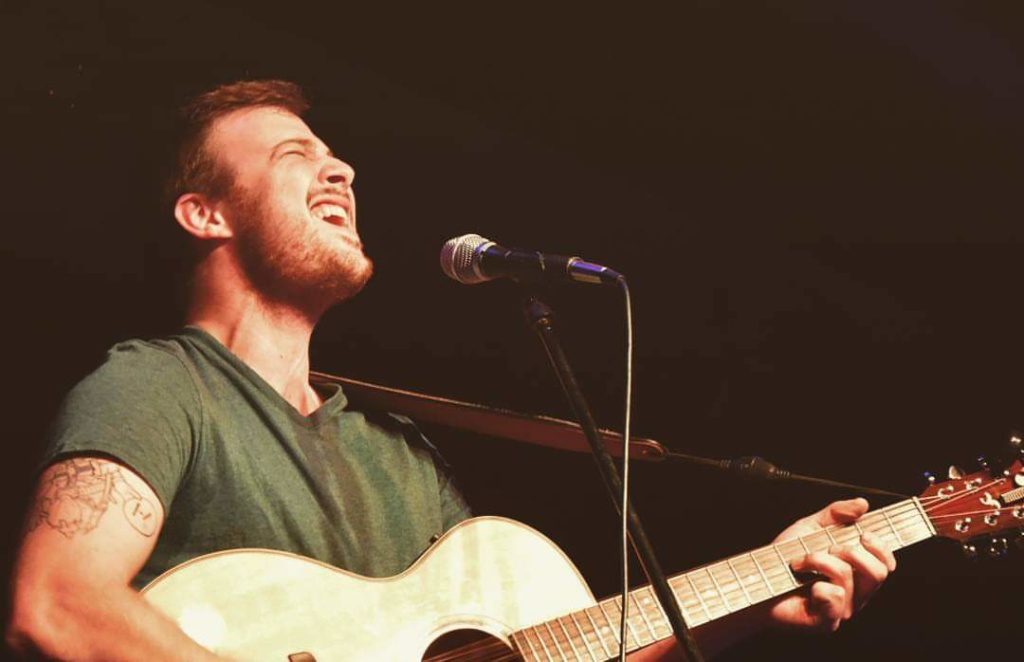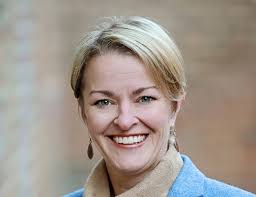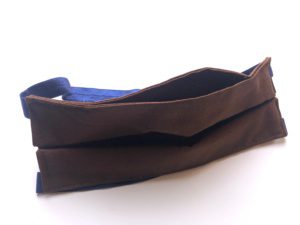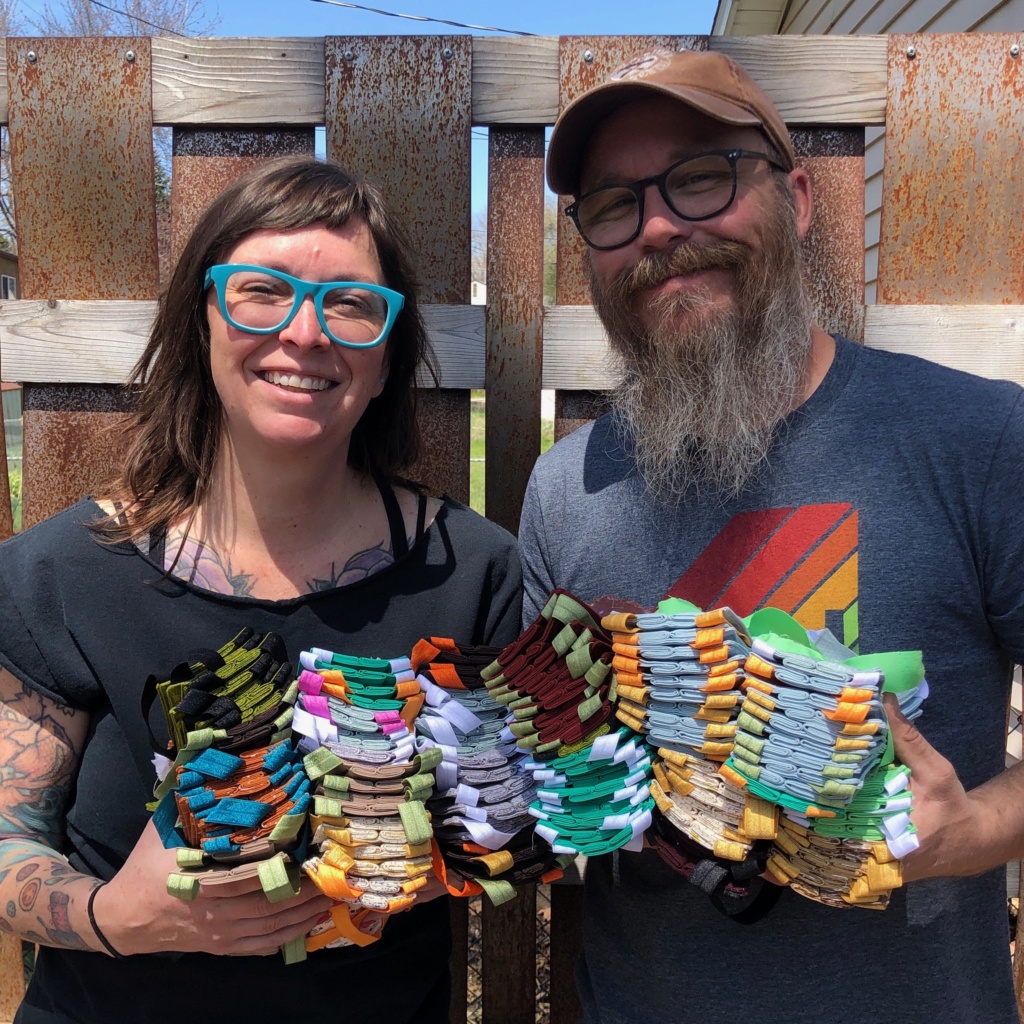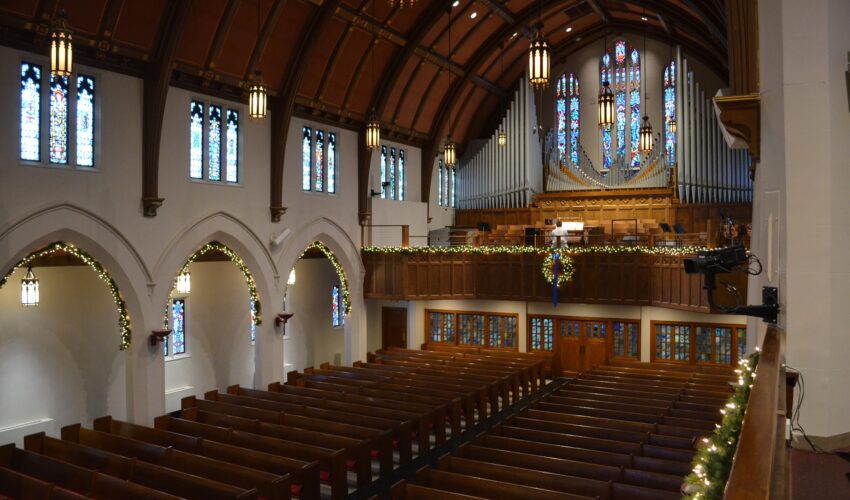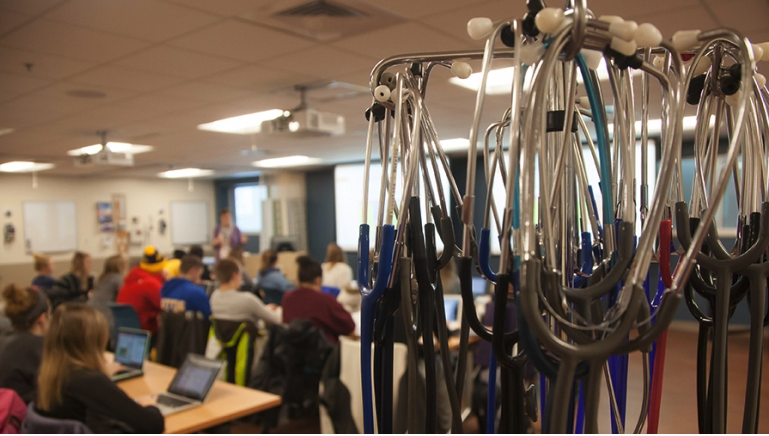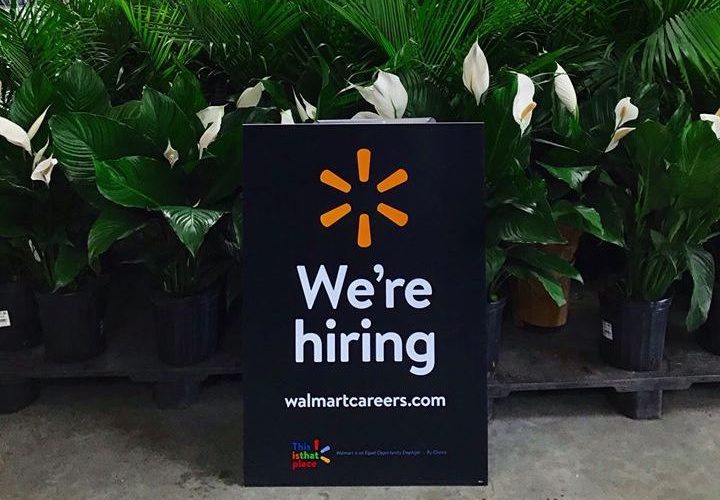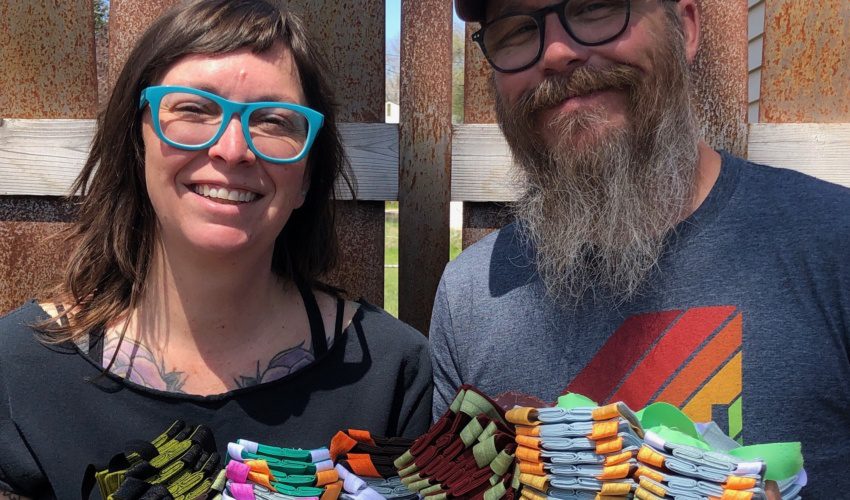Local artists tap into creativity to adapt to COVID-19
April 30, 2020
With many galleries, theaters, bars, shops and other venues closed in Sioux Falls because of the COVID-19 pandemic, local artists face a daunting challenge to make their work seen.
Musicians have had their gigs canceled for the foreseeable future, and visual artists no longer have the stores, markets and galleries to show off and sell their work. In these unusual circumstances, artists have been forced to adapt their methods to continue bringing in income.
“I think the nice thing is artists always know how to adapt, and in economic hard times, I think artists usually find a way to create,” multidisciplinary local visual artist Zachary DeBoer said. “So I’m not sure what it will look like long term, but I think we’ll find different solutions or find different ways to create.”
Live music without a venue
At the beginning of March, local musician Nick Burke had every weekend through the end of May scheduled with shows. Just a few weeks later, all of those shows had been canceled.
Burke found himself with a lot of free time on his hands and the urge to still play music. So he set up weekly concerts that he has streamed on Facebook Live every weekend since mid-March.
While giving him an outlet to perform, the concerts also have allowed him to help support the local venues where he usually would be performing. Each week, Burke partners with restaurants and breweries to give them free publicity by encouraging viewers to order carryout meals while they watch his shows.
“We just try to set something up so we can continue to interact with our audience and our crowd as well as try to help a lot of the places around town that are kind of struggling a little bit too,” Burke said.
Burke said he’s seen other local artists follow in his footsteps with their own livestreamed concerts. While Burke does not make his living solely in music, he said that many local musicians who do have been hit even harder by the complete loss of their usual revenue stream.
“A lot of us are doing weddings and a lot of events when it warms up too, and all of them have been canceled,” he said. “That’s a huge revenue stream, not only for some of us that are employed as well. There are a lot of people out there that it is their only stream of revenue, and it’s been kind of tough.”
Sioux Falls Arts Council executive director Kellen Boice said other groups are helping to keep live music going in the community. Boice said that the Washington Pavilion, Sioux Falls Jazz and Blues Society and South Dakota Symphony are among the organizations providing virtual platforms for musicians to create and collaborate.
“It’s really interesting to see how everybody’s working together through that new medium that they’re finding,” Boice said, “which is really exciting because I think in the long term, these are skill sets that they’re developing right now that they’re going to use in the future too, past when we can all get back together.”
Painting a different picture for visual arts
Many makers and artists have been forced to find additional means of income because of the coronavirus pandemic. Stacy Wengler, co-owner of Knotty Gnome Variety and Salvage in Hartford, has shifted her shop’s priorities from producing handmade gifts and teaching craft classes to making masks.
“Being a sewist, I (had) the immediate feeling of like, this is the only thing I’m going to be able to do to help, you know, this is how I can help,” Wengler said. “It’s one thing that I can do that I’m really good at, that I can do at home and it’ll help other people.”
For the past five weeks, Wengler has made over 1,000 masks. She has donated hundreds to local hospitals and received large orders from manufacturing companies and small businesses to help protect their employees. Wengler said she and her husband, Knotty Gnome co-owner Kyle, have been producing masks as a team, with Stacy doing the sewing while Kyle cuts the fabric and elastic.
Wengler said she is grateful that producing masks has been able to replace income from Knotty Gnome. The store has been shut down since late March.
She recognizes, however, that not all makers are as lucky. She said 10 to 15 makers usually have items on consignment in Knotty Gnome and are struggling to find ways to sell their work while shops and markets are closed. Wengler hopes to aid these makers as a co-organizer with SiouxFalls.Business for the 605 Made Virtual Market on Friday.
“A lot of makers who don’t have storefronts like us rely on those art markets and those craft shows to sell their items,” she said. “And right now, they can’t do that.”
DeBoer doesn’t have that particular concern because he doesn’t produce work to be sold commercially. Instead, he relies on residencies where he creates art on site as his main source of income. Spring and summer projects with Sioux Falls Lutheran Schools, Cheyenne River Youth Project and NPR’s “The Moth” radio show were canceled, but DeBoer said a few mural projects are still on for the next few months.
The summer months usually mark DeBoer’s busy season but he instead is spending time at home with his family while keeping his remaining projects moving forward.
“I’ve had support from business owners and individuals who I think, despite upcoming economic hardships, continued on with the projects that we had planned,” DeBoer said. “So (I’m) very thankful for … their commitment to that. But it’s been a bit of a mixed bag. This year was going to be a pretty big one for me financially and professionally, and so having to kind of pause that … for six months will be hard, is hard. It’s kind of ever evolving.”
Community support bolsters artists
For helpful resources during the pandemic, DeBoer encouraged artists to reach out to the arts council. Boice said that while funds would still need to be raised, the council is looking at a potential emergency fund for artists. She said additional resources are available on the council’s website and through national organizations such as Americans for the Arts.
Burke, DeBoer and Wengler all said community members can support local artists by simply seeking out their work online. DeBoer said trying to incorporate the arts into daily life can help artists feel supported during this uncertain time.
“Find those makers and those creators, and contact them directly,” he said. “It’ll make a much bigger impact in their lives and allow them to continue to make their work.”
During economic recessions, it is common for the arts to go by the wayside as priorities shift elsewhere. Boice emphasized, however, that the arts as an important vehicle for bringing people together and helping them heal from trying times.
The arts are “very much alive, and I think a lot of people are looking for something to hold onto through this time,” she said. “Looking at your favorite painting or listening to some of your favorite music is how we’re getting through some of this time of isolation. So the arts are terribly important, as they always are. But right now, I think that they’re more important than ever to inspire us to move forward and not to kind of commiserate in these negative things that are happening.”

